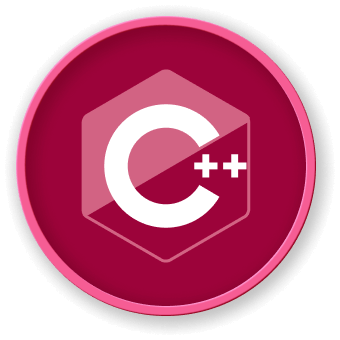Memory Access Patterns
Locality of Reference
// Efficient row-major traversal
void efficientTraversal(int** matrix, int rows, int cols) {
for(int i = 0; i < rows; ++i) {
for(int j = 0; j < cols; ++j) {
// Optimal cache utilization
matrix[i][j] *= 2;
}
}
}
Optimization Techniques
1. Contiguous Memory Layout
class OptimizedMatrix {
private:
std::vector<double> data;
int rows, cols;
public:
double& at(int row, int col) {
return data[row * cols + col];
}
};
2. SIMD Vectorization
#include <immintrin.h>
void vectorizedOperation(float* matrix, int size) {
__m256 vectorData = _mm256_load_ps(matrix);
// SIMD parallel processing
}
| Optimization Technique |
Memory Access |
Computation Speed |
Cache Efficiency |
| Contiguous Allocation |
Excellent |
High |
Optimal |
| SIMD Vectorization |
Sequential |
Very High |
Excellent |
| Custom Allocators |
Flexible |
Moderate |
Good |
Memory Allocation Strategies
graph TD
A[Memory Allocation] --> B[Stack Allocation]
A --> C[Heap Allocation]
B --> D[Fast, Limited Size]
C --> E[Flexible, Dynamic]
E --> F[Contiguous Memory]
E --> G[Fragmented Memory]
Advanced Optimization Techniques
Alignment and Padding
struct alignas(64) OptimizedStruct {
double data[8]; // Cache line alignment
};
Memory Pool Allocation
template<typename T, size_t PoolSize>
class MemoryPool {
private:
std::array<T, PoolSize> pool;
size_t currentIndex = 0;
public:
T* allocate() {
return &pool[currentIndex++];
}
};
Benchmarking Strategies
- Use profiling tools
- Measure memory access times
- Compare different allocation methods
- Analyze cache performance
LabEx suggests practicing optimization techniques through systematic benchmarking and comparative analysis of different memory allocation strategies.
Compiler Optimization Flags
## Compile with optimization flags
g++ -O3 -march=native matrix_optimization.cpp
Key Optimization Principles
- Minimize memory allocations
- Use cache-friendly data structures
- Leverage compiler optimizations
- Profile and measure performance
- Choose appropriate data types
Inline Function Optimization
__attribute__((always_inline))
void criticalOperation(int* matrix, int size) {
// Compiler-suggested inline optimization
}
Error Handling and Monitoring
- Implement robust error checking
- Use memory sanitizers
- Monitor memory consumption
- Handle edge cases gracefully




